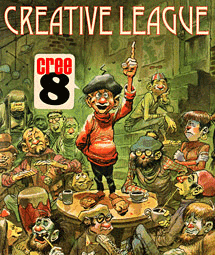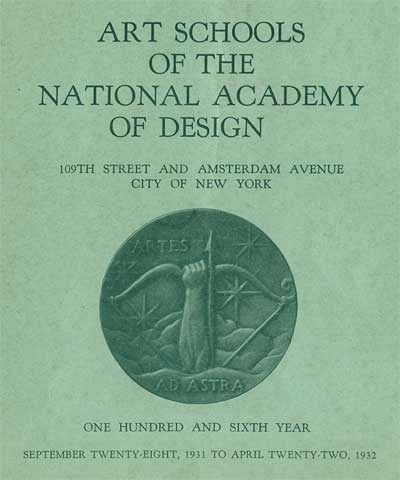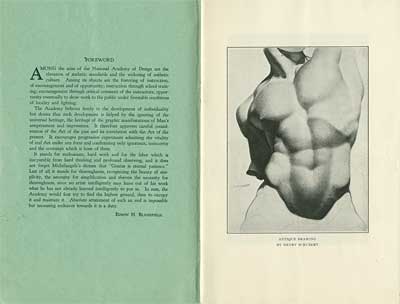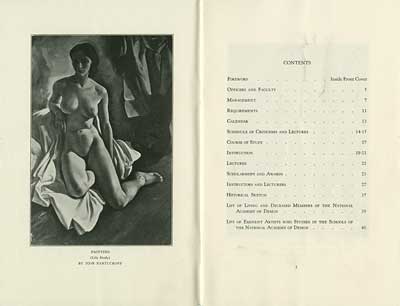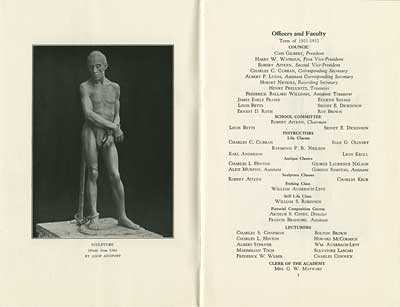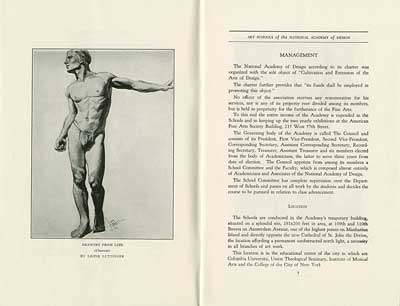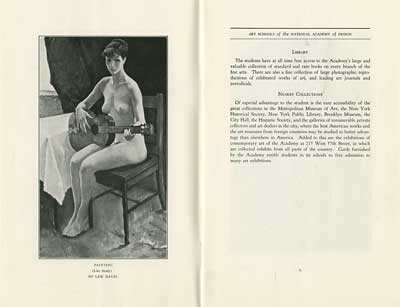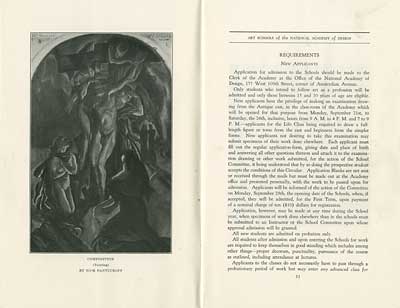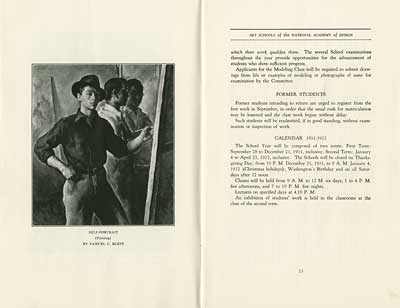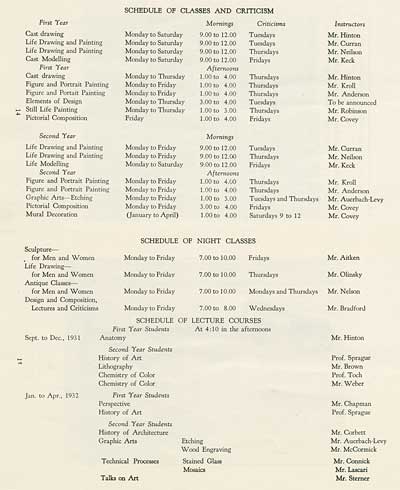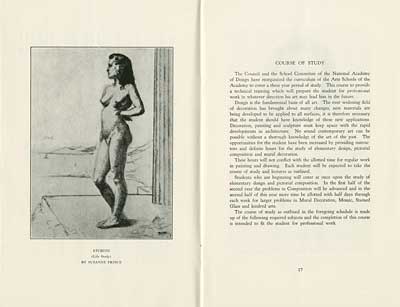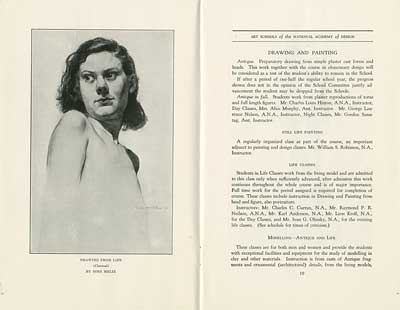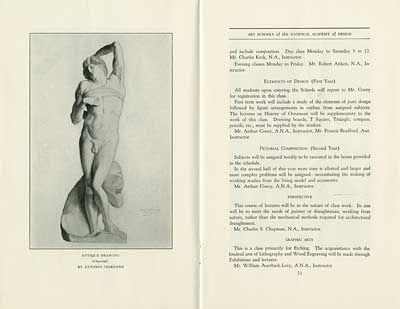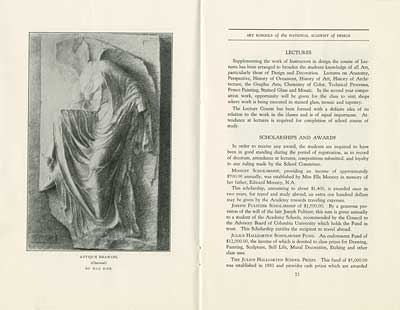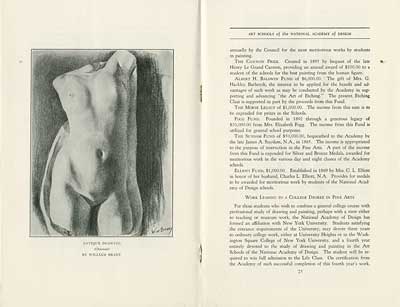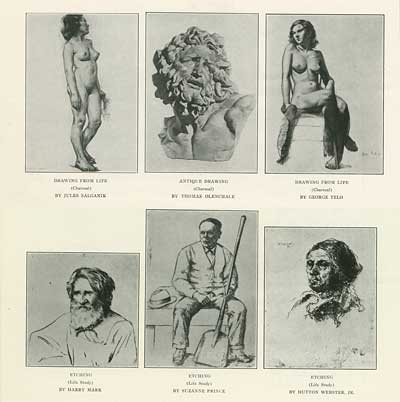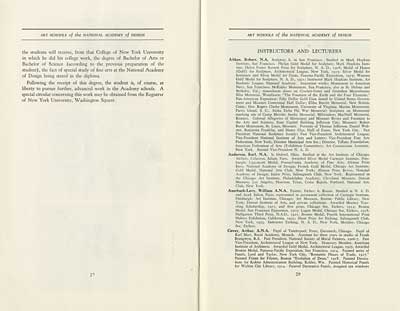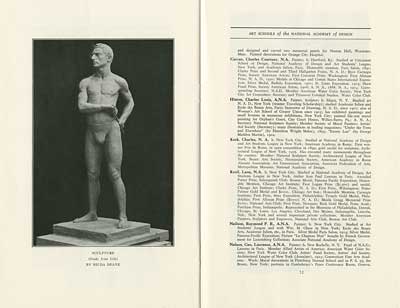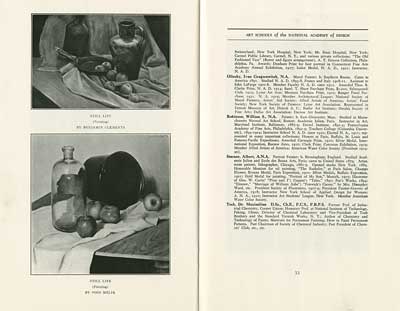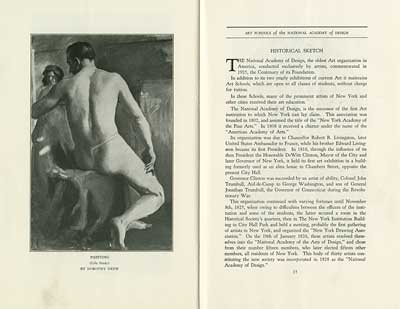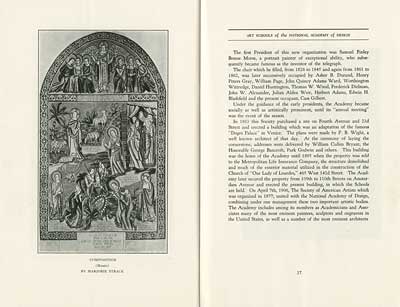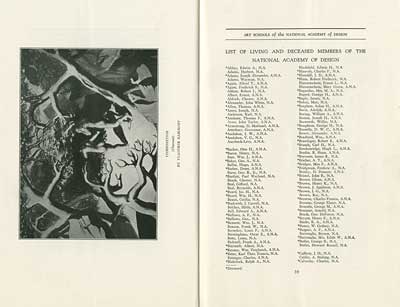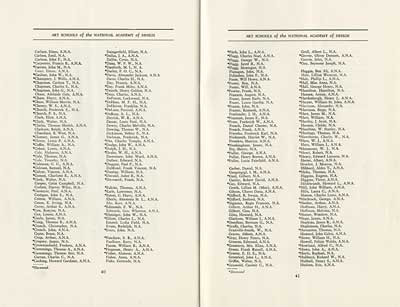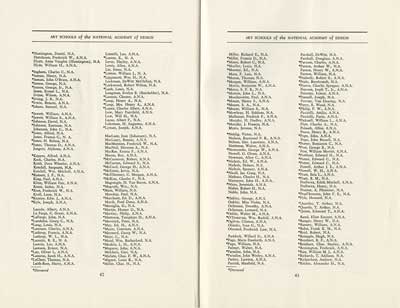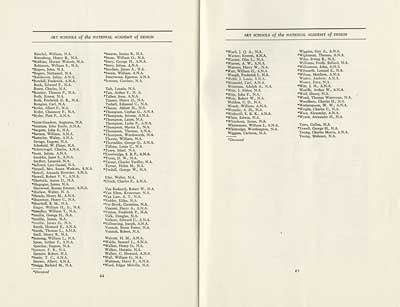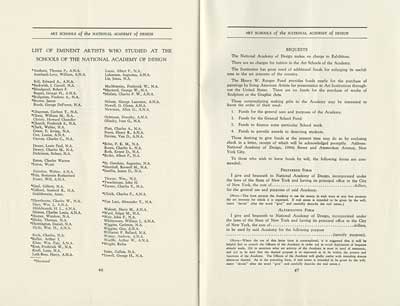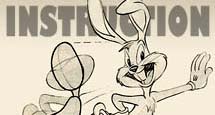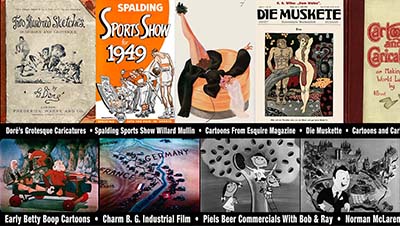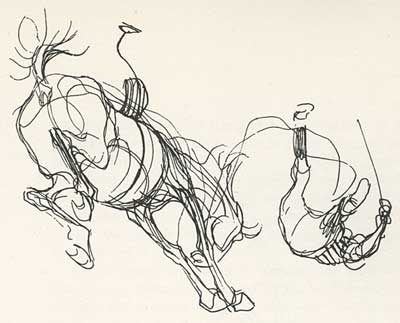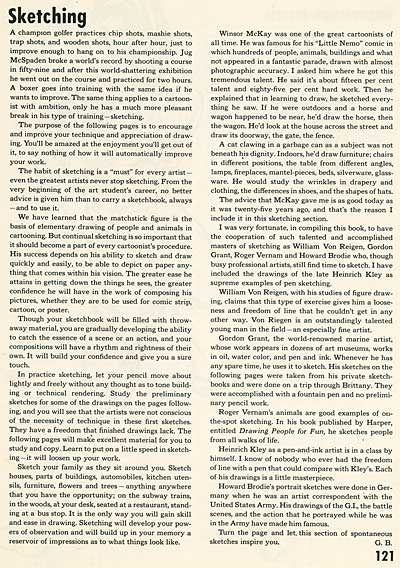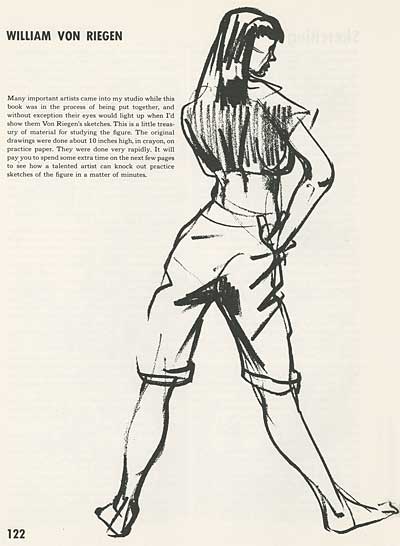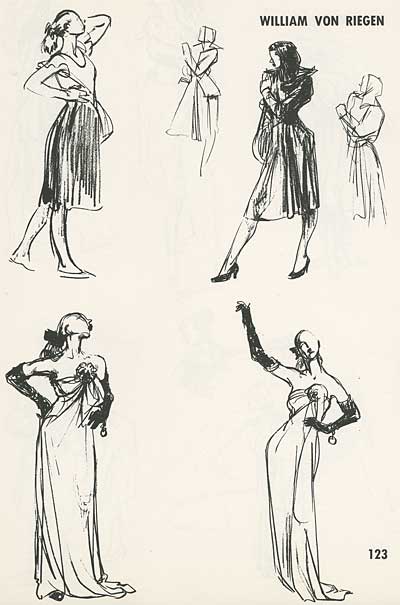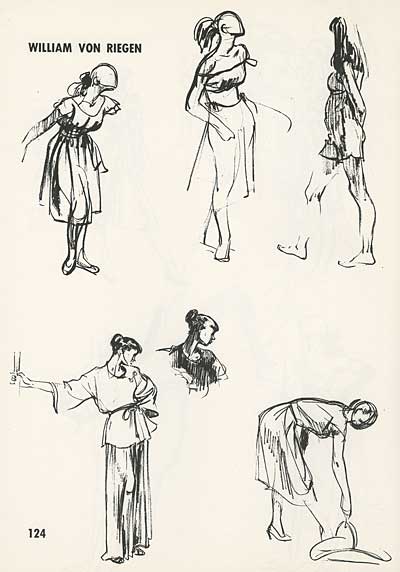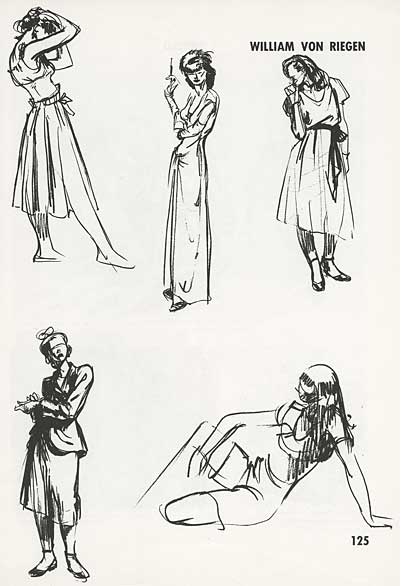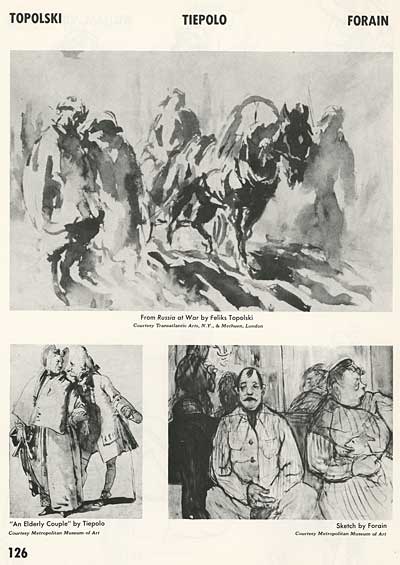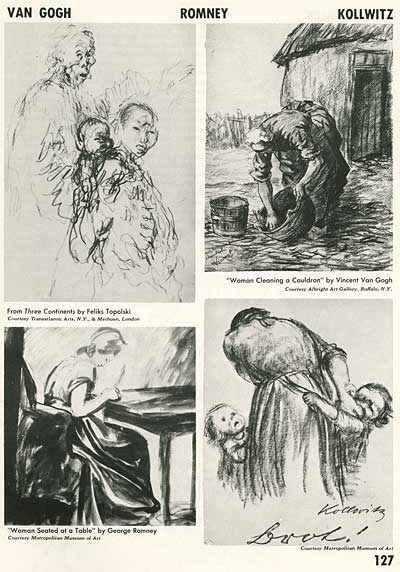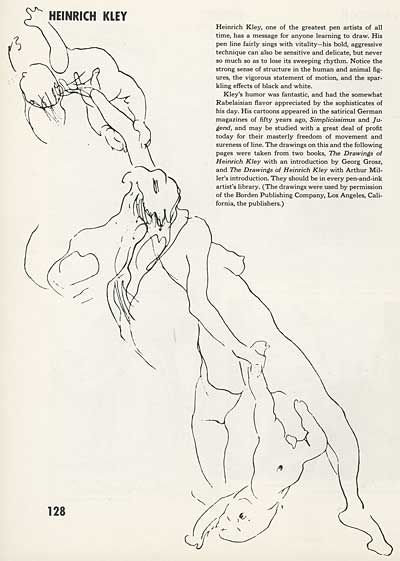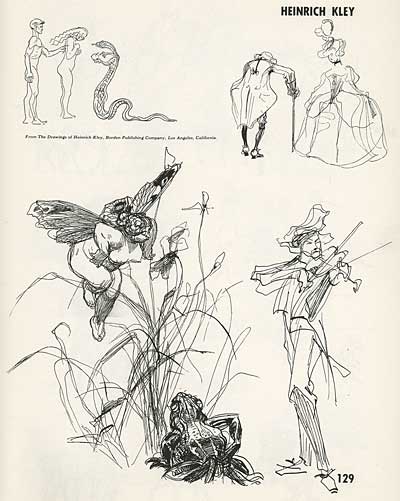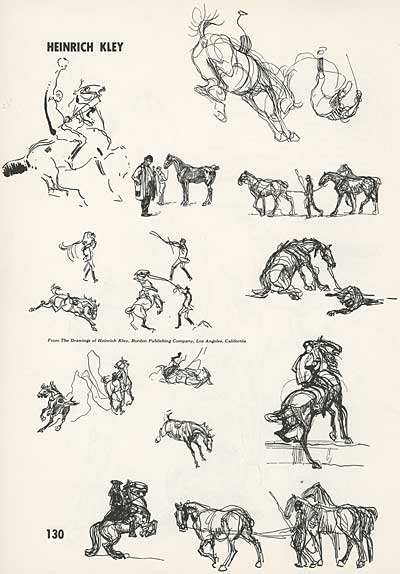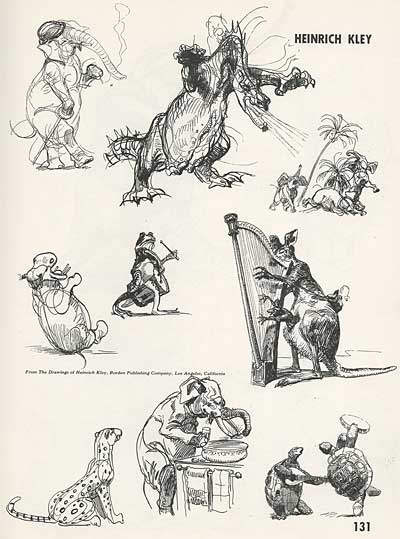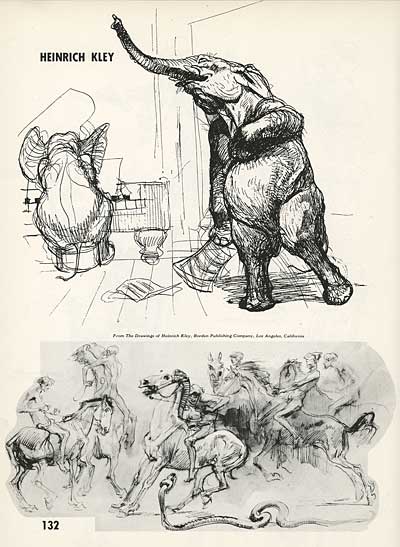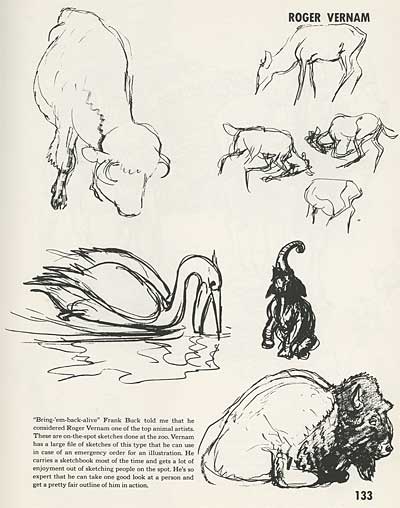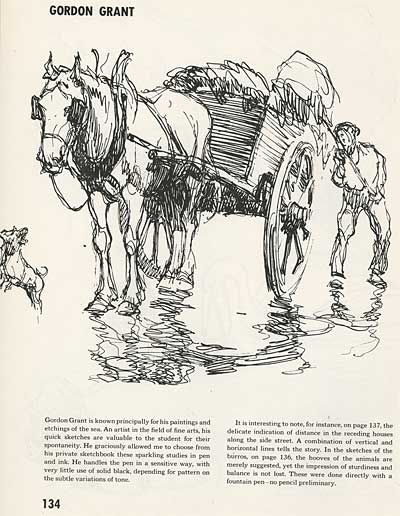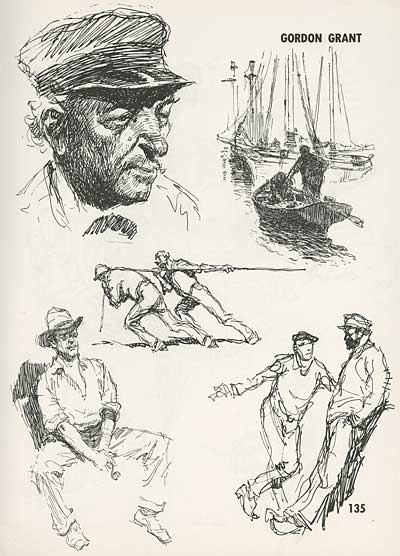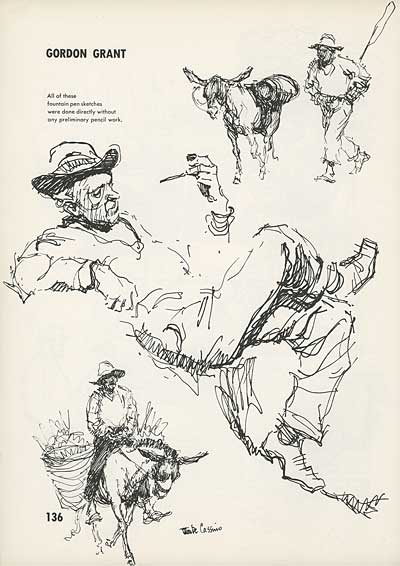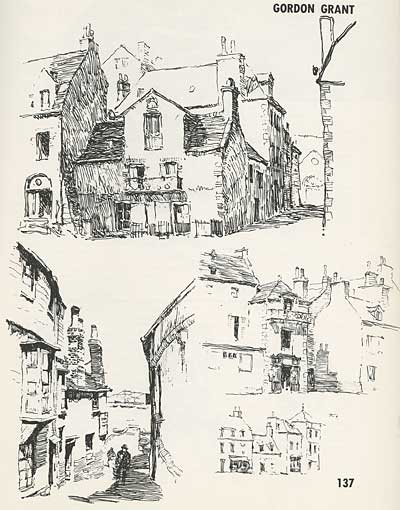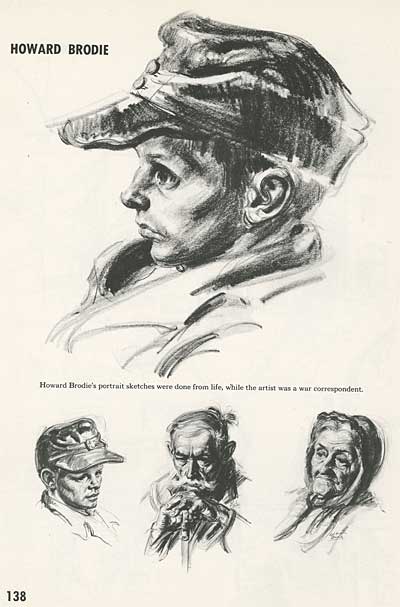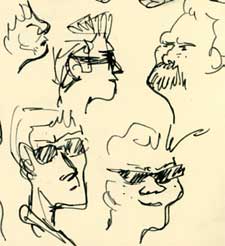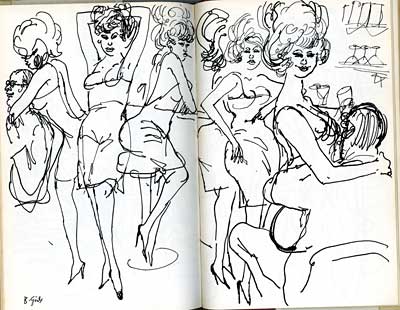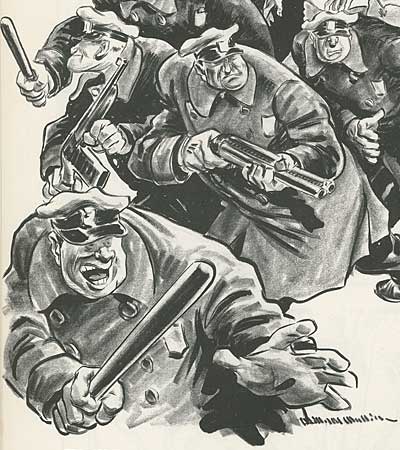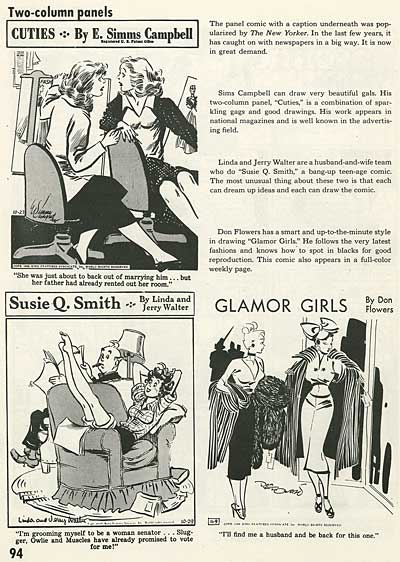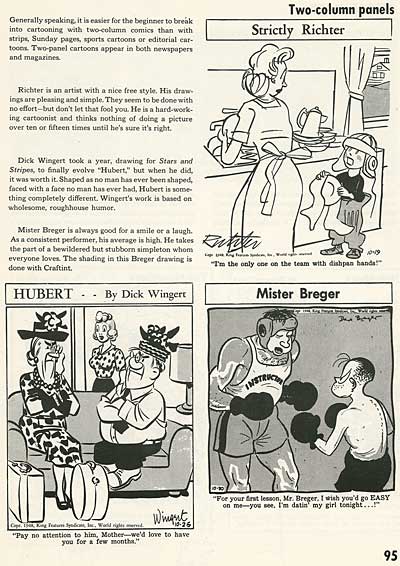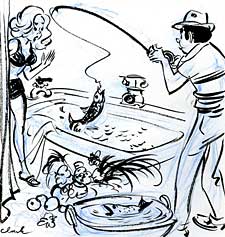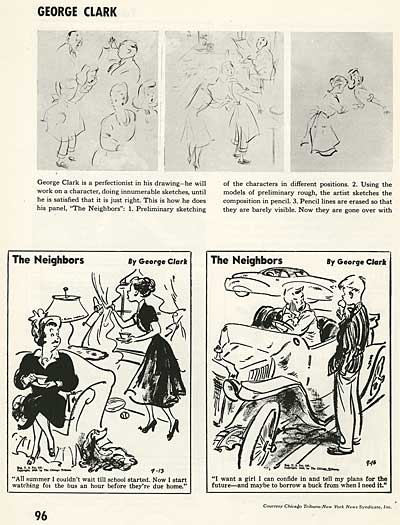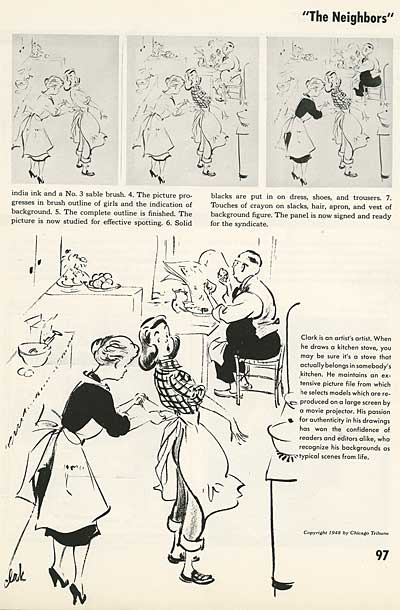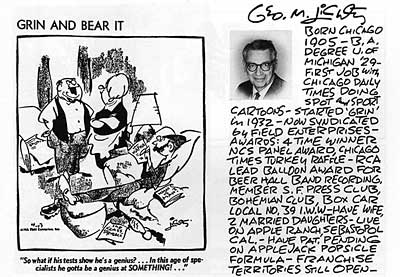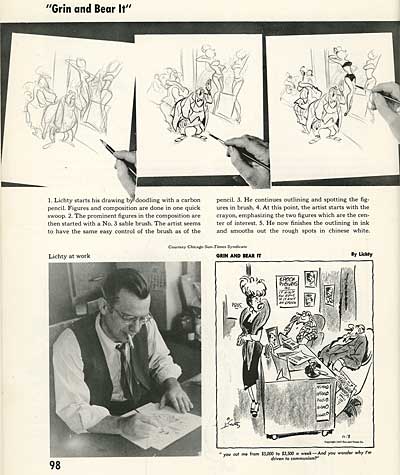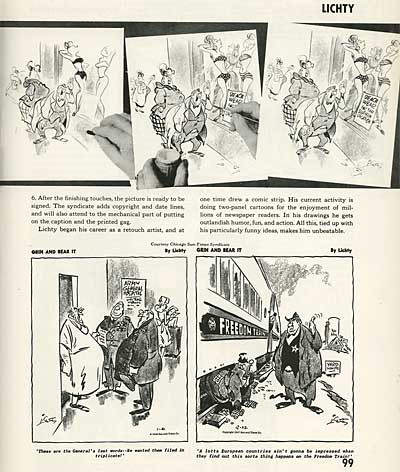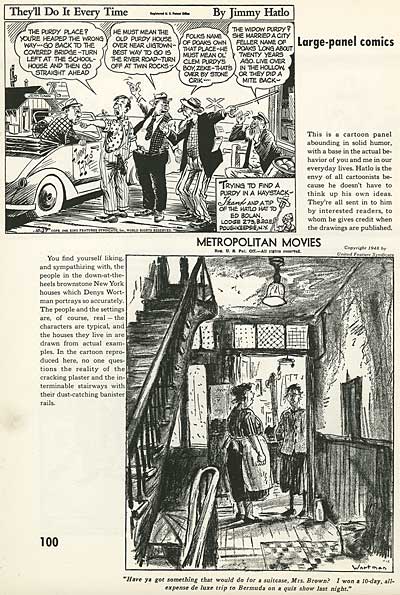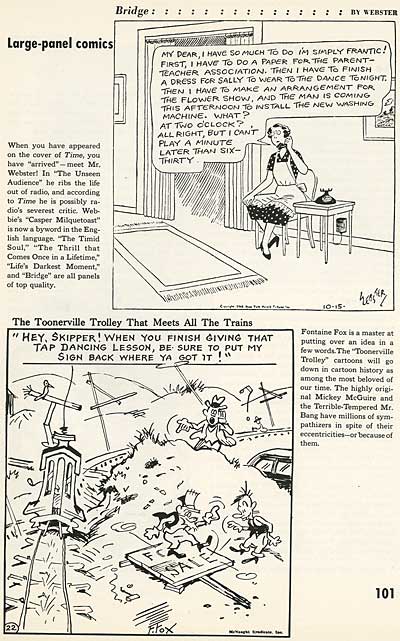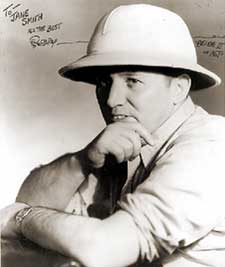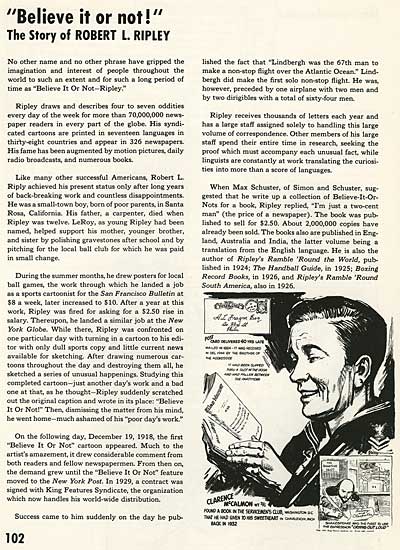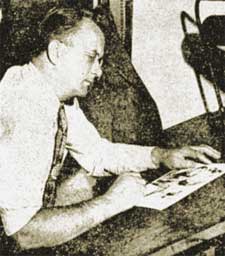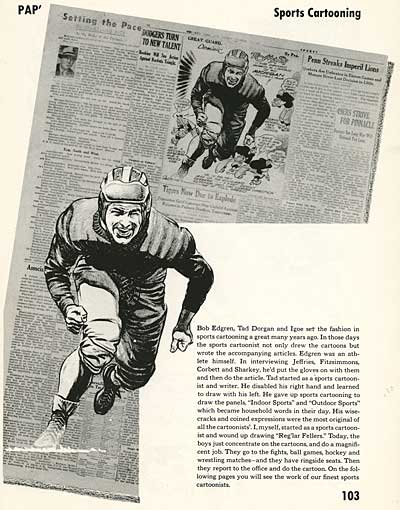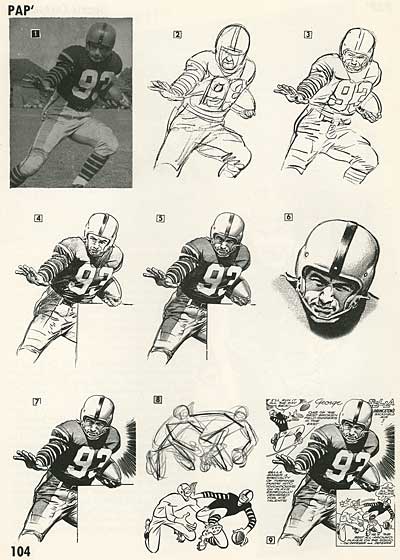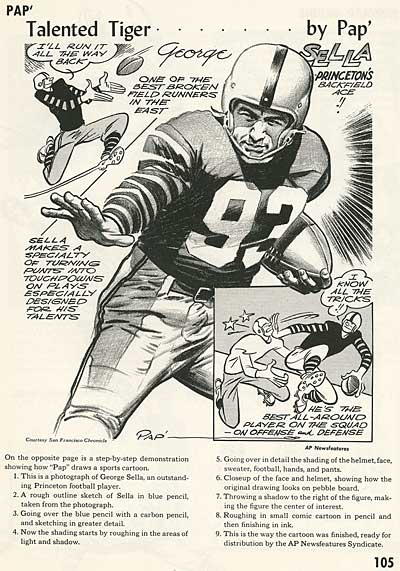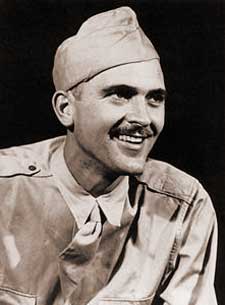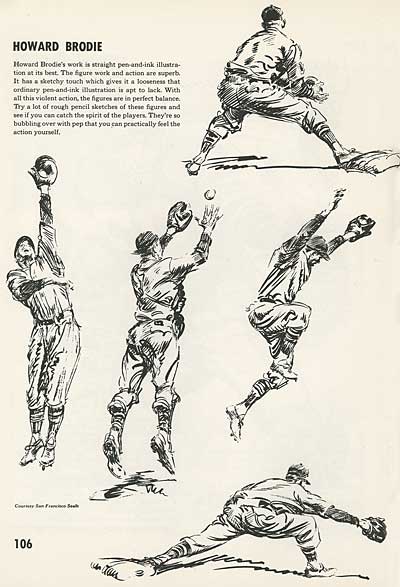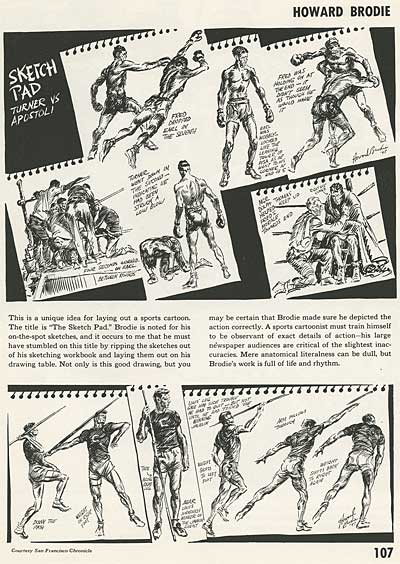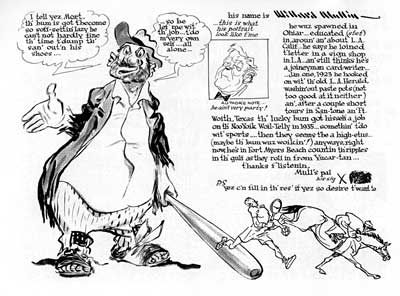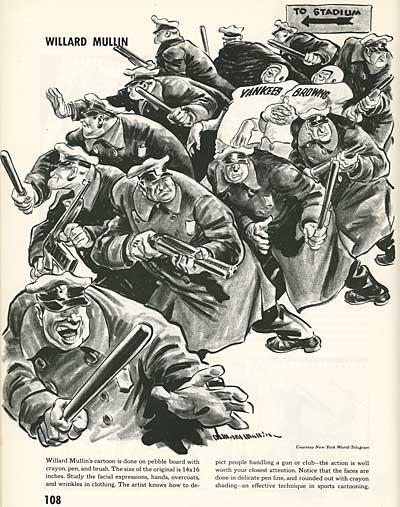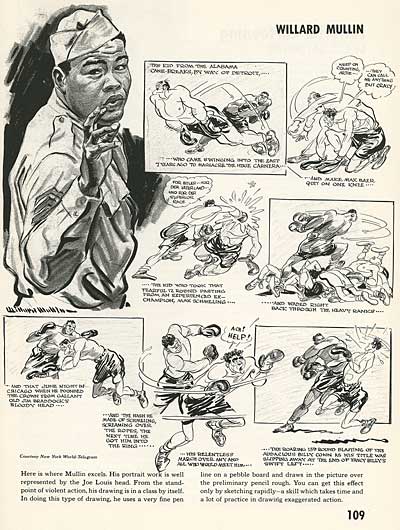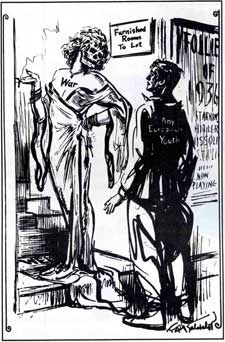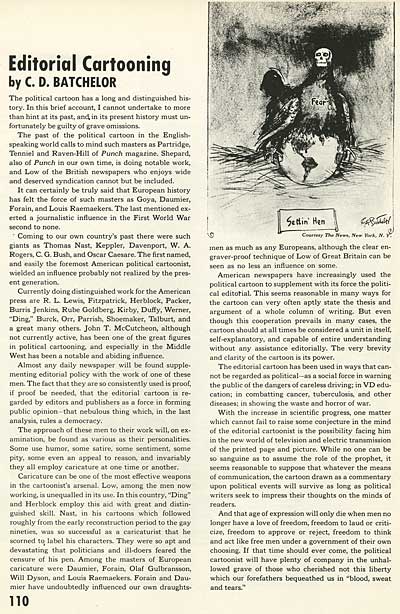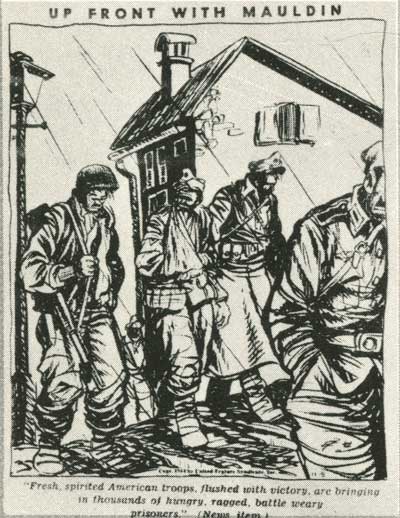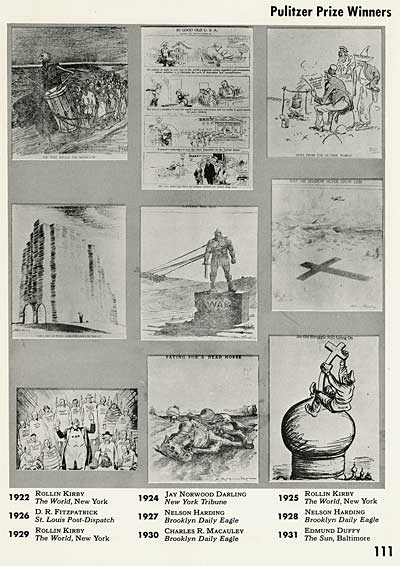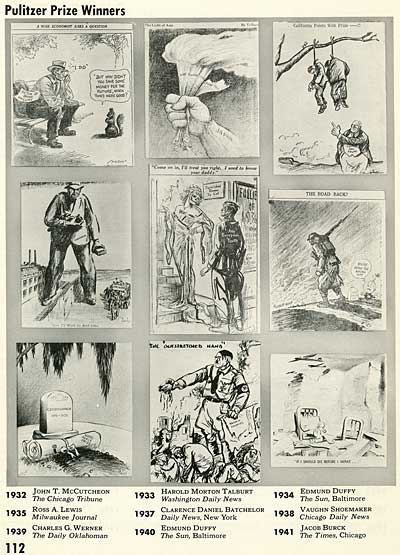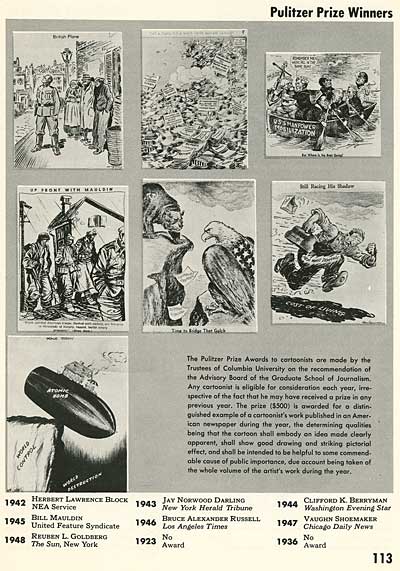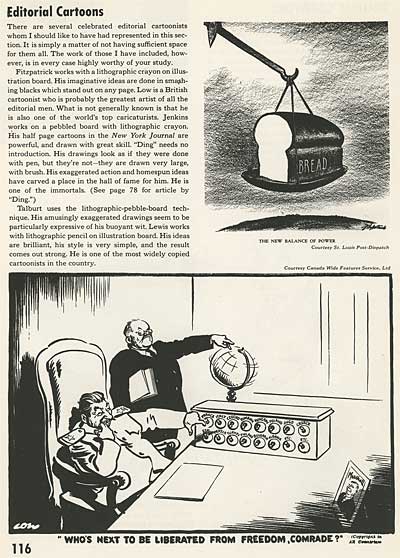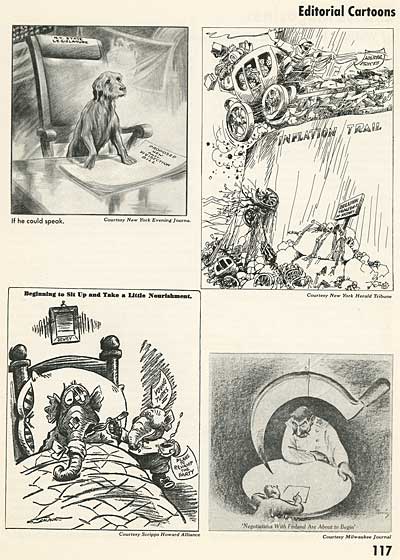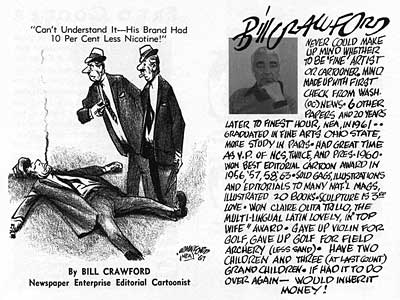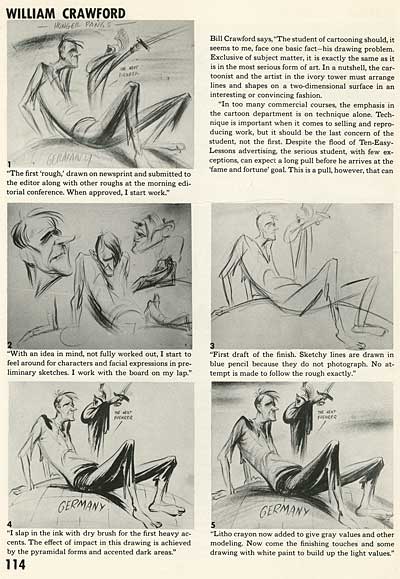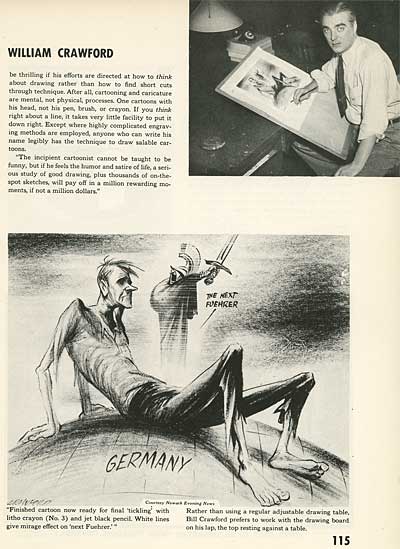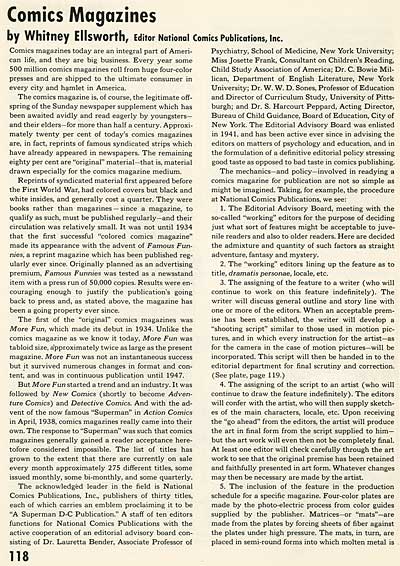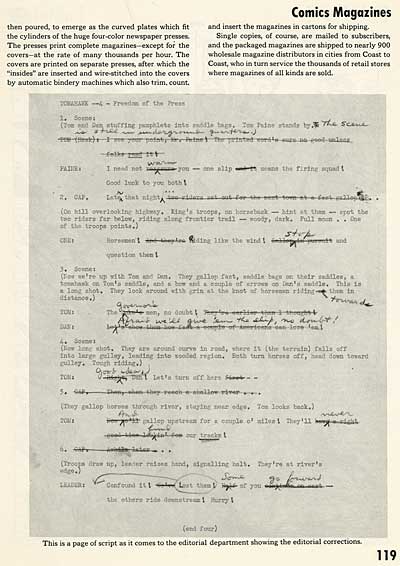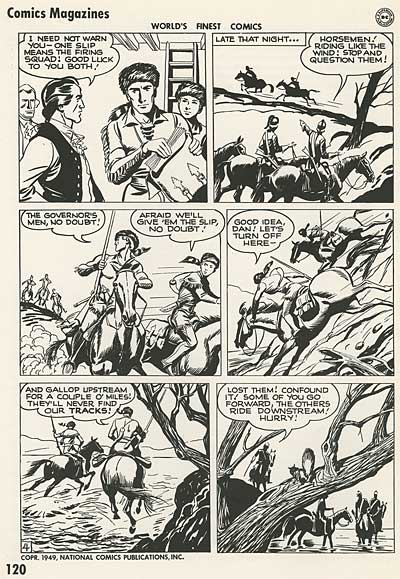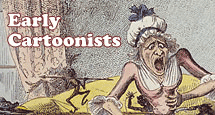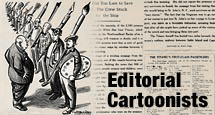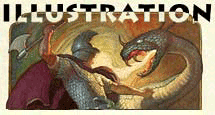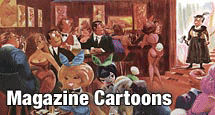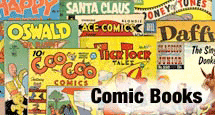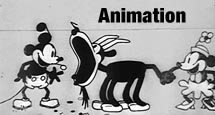Today, I read a post on Cartoon Brew titled When Angry Animation Students Attack. Apparently, an animation student became frustrated by the poor quality of instruction at his school, so he crapped out his final film and ended it with a credit for his professor that read, "Thanks for nothing."
This particular post resonated with me, because the most common question I’m asked by young artists is, "How should I pick an animation school?" They always expect me to recommend a specific school, but my answer usually surprises them.
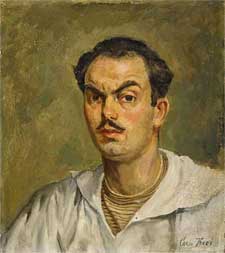 Carlo Vinci was one of the most talented animators who ever lived. When he passed away in 1993, he left behind a remarkable legacy. But of particular interest to students of animation was his collection of student work. Tucked away in a closet was a portfolio full of studies that chart his education. Vinci’s family is generously allowing Animation Resources to document this material with the intent of reconstructing his education as a model for current students of animation.
Carlo Vinci was one of the most talented animators who ever lived. When he passed away in 1993, he left behind a remarkable legacy. But of particular interest to students of animation was his collection of student work. Tucked away in a closet was a portfolio full of studies that chart his education. Vinci’s family is generously allowing Animation Resources to document this material with the intent of reconstructing his education as a model for current students of animation.
Today, I’d like to share a brochure with you… This is the course outline for National Academy of Design, the art school that Carlo Vinci attended… I hope you take the time to read over this material carefully, especially if you are a student looking to pursue a career in animation. It will help you know what to look for in an animation school.
The Academy believes firmly in the development of individuality but denies that such development is helped by the ignoring of the universal heritage, the heritage of the graphic manifestations of Man’s temperament and impressions. It therefore approves careful consideration of the Art of the past and its correlation with the Art of the present. It encourages progressive experiment admitting the vitality of real Art under any form and condemning only ignorance, insincerity and the contempt which is born of them.
The students have at all time free access to the Academy’s large and valuable collection of standard and rare books on every branch of the fine arts… Of especial advantage to the student is the easy accessibility of the great collections in the Metropolitan Museum of Art, the New York Historical Society, New York Public Library, Brooklyn Museum, the City Hall, the Hispanic Society, and the galleries of innumerable private collectors and art dealers in the city, where the best American works and art treasures from foreign countries may be studied to better advantage than anywhere else in America.
The class schedule runs six days a week from 9 in the morning until 4 in the afternoon. First year studios in drawing from sculpture, life drawing, portrait painting, still life painting, and composition run from two to three hours apiece. Second year courses consist of life drawing, sculpture from life, portrait painting, etching, composition, and mural decoration. And three hour night courses are offered in sculpture, life drawing, drawing from sculpture and composition.
First year students receive lectures in anatomy, perspective and art history. Second year students attend lecture classes in color theory, various printing techniques, stained glass, mosaic and the history of art and architecture.
Note that students first draw from still life and sculpture, and only when they have proved their abilities, are they allowed to advance to drawing from life.
Here’s the surprising answer… You don’t! Schools that specialize in animation as a trade do a lousy job of preparing you for a career in animation. While you’re a student, you should focus on your core art skills- drawing, design, composition and color. Look for a school that can give you a solid classical art background. Avoid ones that just teach computer programs. You don’t have to spend thousands of dollars to learn Maya!
Carlo Vinci was one of the greatest animators who ever lived, but he never took a class in animation. Instead, he spent three years of intense study to learn to be an artist. With the experience he gained at the National Academy of Design, he was able to learn animation and advance quickly on the job. It was the same for great animators like Marc Davis, Chuck Jones and Frank Thomas who studied at Chouinard on the West coast.
IT’S A LOT EASIER TO LEARN ANIMATION THROUGH SELF STUDY ONCE YOU’VE BEEN TAUGHT THE CLASSICAL ARTS THAN IT IS TO DO IT THE OTHER WAY AROUND. Start with the general skills and work your way towards the specific ones.
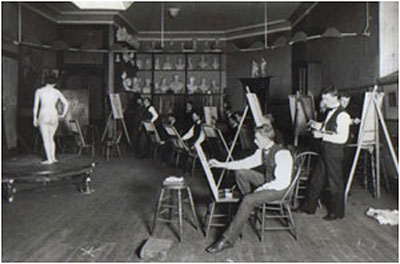
Students at the National Academy of Design
around the time Vinci attended.
You have an advantage that the Golden Age animators didn’t have. Personal computers and inexpensive animation software make it easy to experiment and learn animation on your own. You have amazing resources on the web, like Animation Resources’ Animation Drawing Course, and Mark Kennedy’s Seven Golden Camels. You have no excuse for not learning to animate.
You can’t buy an education, but you may be able to buy a degree. Students graduate without any marketable skills from good colleges every year. But that isn’t the schools’ fault. Your education is your own responsibility. It’s not your professor’s job to MAKE you learn. Learning is a life-long occupation. Apply yourself.
If you can’t afford a university degree, you can still obtain a first class art education. Attend classes at your local community college and pick up copies of the Famous Artists painting, commercial art and cartooning sets on eBay. Self study is the key to becoming a great artist. Once you start to master the fundamental skills, THEN apply yourself to learning to animate.
If you follow this advice, you’ll never have to make excuses for your lack of skill as an animator, and you’ll never need to blame anyone else for your lack of education. Best of all, your education will form the foundation for any creative endeavor you undertake.
Stephen Worth
Director
Animation Resources
This posting is part of an online series of articles dealing with Instruction.
This posting is part of a series of articles comprising an online exhibit entitled Theory.
THIS IS JUST THE TIP OF THE ICEBERG!
Animation Resources has been sharing treasures from the Animation Archive with its members for over a decade. Every other month, our members get access to a downloadable Reference Pack, full of information, inspiration and animation. The RefPacks consist of e-books jam packed with high resolution scans of great art, still framable animated films from around the world, documentaries, podcasts, seminars and MORE! The best part is that all of this material has been selected and curated by our Board of professionals to aid you in your self study. Our goal is to help you be a greater artist. Why wouldn’t you want to be a member of a group like that?
Membership comes in three levels. General Members get access to a bi-monthly Reference Pack as well as a Bonus RefPack from past offerings in the in-between months. We offer a discounted Student Membership for full time students and educators. And if you want to try out being a member, there is a Quarterly Membership that runs for three months.
JOIN TODAY!
https://animationresources.org/membership/levels/
FREE SAMPLES!
Not Convinced Yet? Check out this SAMPLE REFERENCE PACK! It will give you a taste of what Animation Resources members get to download every other month! That’s 560 pages of great high resolution images and nearly an hour of rare animation available to everyone to download for FREE! https://animationresources.org/join-us-sample-reference-pack/
![]()
![]() Animation Resources depends on your contributions to support its projects. Even if you can’t afford to join our group right now, please click the button below to donate whatever you can afford using PayPal.
Animation Resources depends on your contributions to support its projects. Even if you can’t afford to join our group right now, please click the button below to donate whatever you can afford using PayPal.





